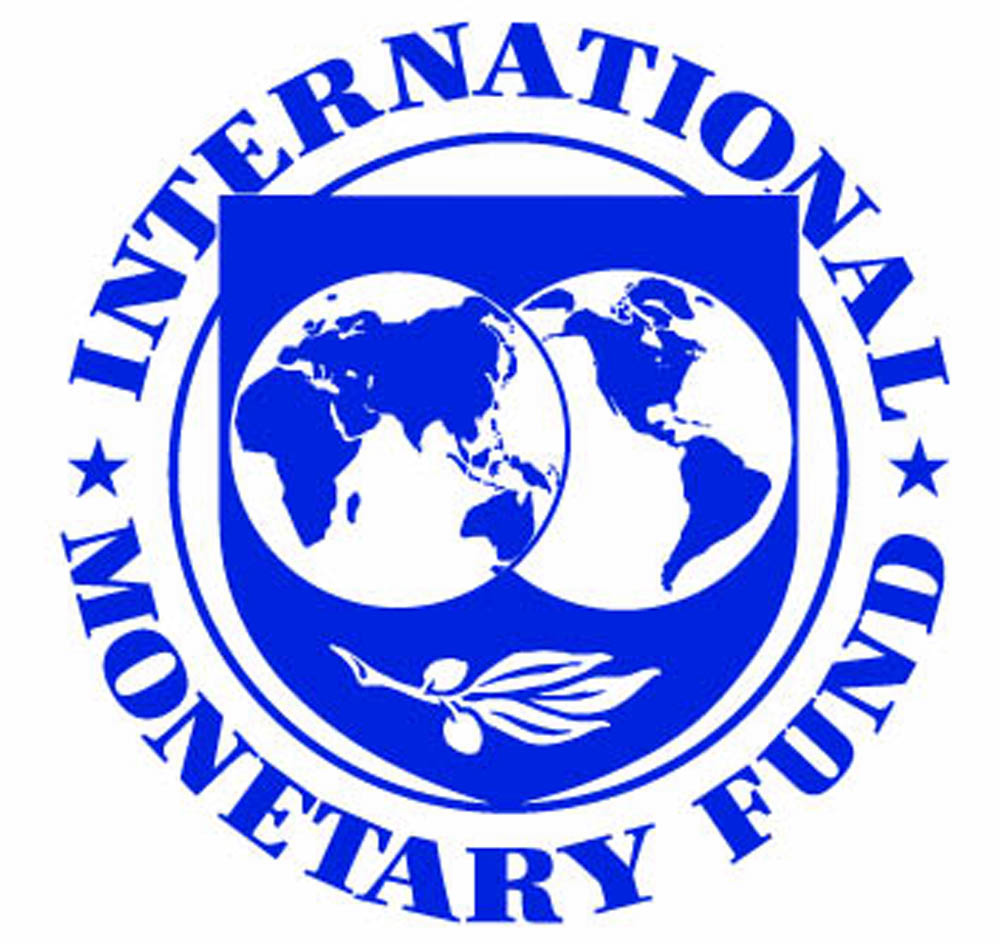If the outcomes of a recent forum styled IMFBlog, convened by the International Monetary Fund to allow its staff and officials to exchange views on important issues are anything to go by the portents for a shorter term recovery from the effects of the covid-19 pandemic may well mask a gloomier scenario as the resurgence of the pandemic towards the end of last year threaten to erase prospects of an uneven recovery and add to the steep social and human costs which the malady has already inflicted in Latin America and the Caribbean.
Last week’s findings of the discourse asserted that while then hemisphere had benefitted from a brisk third quarter recovery that had benefitted mostly its larger economies, including Brazil, Peru and Argentina, the remainder of a largely impoverished region had benefitted from a lesser respite from the earlier across-the-board economic decline. The recovery experienced in the more robust economies, the internal assessment of the IMF officials said had actually exceeded expectations with manufacturing experiencing a swifter recovery than services and net exports returning to pre-crisis levels. The Fund said that other indicators like industrial production and retail sales had also pointed to a comeback towards the end of 2020.
However, in sharp contrast to the portents that had manifested themselves late last year, the discussants assert that what had appeared to be, at best, an uneven recovery, may now have been scattered to the winds by the pandemic’s recent resurgence and the re-imposition of stricter containment in some countries in the hemisphere.
The discussants noted in their assessment that new cases and deaths having increased markedly in Central and South America, not least, Brazil, giving rise to new and aggravated national crises including a shortage of hospital beds and insufficient testing capacity.
Notwithstanding these considerations they noted that had revised its regional 2021 growth forecast upwards to 4.1 percent, from 3.6 percent in October, based on factors that included an expectation of expanding vaccination efforts, better growth outlook for the United States, and higher prices of some commodities.
It is, however, the pandemic’s human and social costs that continues to raise doubts about countries’ recovery rates in a hemisphere where the pandemic has forced 17 million people into poverty, where unemployment remains stuck at pre-crisis levels and where 18 million people have been infected and half a million have died. The Fund says that failure to contain new infections, imposition of new lockdowns, and the consequent change in people’s behavior are all factors that would impact on growth while an indifferent rebound in labor markets were likely to result in greater social damage.
The discourse was also concerned that changes in the posture of international investors are also likely to put further pressure on countries already confronted with fiscal and external vulnerabilities.
The Fund’s ‘numbers’ have revised growth for 2021 in Brazil, Mexico, Chile, Colombia, and Peru upwards while growth for the Caribbean encountered a downward revision from 4% to 2.4 percent. The Fund’s downward revision in the region’s growth numbers, going forward, is largely a function of what remains a lack of clarity with regard to what remains a lack of clarity with regard to a resumption of travel and tourism activity in mostly Caribbean Community (CARICOM) territories. Caribbean countries, meanwhile, along with Central America, also face the further risk associated with natural disasters, notably hurricanes, which, historically, has had the effect of inflicting further severe socio-economic pain.
Modest cracks in the pressure inflicted by the pandemic, the discussants believe, are still nowhere near sufficient to allow for assurances of full recovery which it says is still a long way off. The overall forecast arising out of the discourse concludes that “the region will go back to its pre-pandemic levels of output only in 2023, and GDP per capita in 2025,” a timeline that is later than other parts of the world.
Going forward the ‘medicine’ prescribed for the hemisphere includes countries’ ensuring that adequate resources are made available to health care systems including vaccination and testing and that governments continue supporting vulnerable sectors most affected by the pandemic. The discussants say that the removal of too much fiscal support too early would jeopardize these goals. “Countries with room in their budget for more spending should continue providing support to their economies while making it more targeted, an effort that would certainly accelerate the recovery.” They conclude.
IMFBlog is a forum for the views of the International Monetary Fund (IMF) staff and officials on pressing economic and policy issues of the day. The views expressed are those of the author(s) and do not necessarily represent the views of the IMF and its Executive Board.






